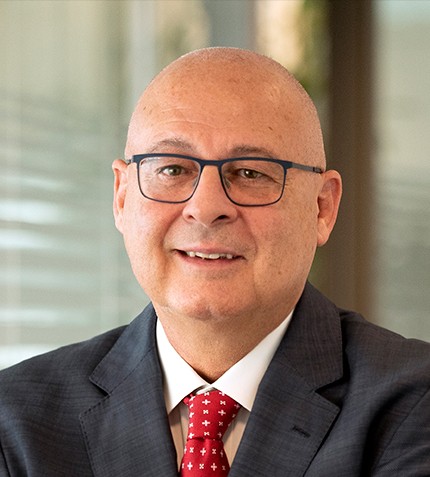
"What we are seeing is a reflection of the power of genetic medicine, where the technology has demonstrated clinical promise, as well as safety. Now, in many aspects, it is up to the manufacturing to catch up as that demand for gene therapy manufacturers far exceeds the capacity."
Timothy J. Miller
PRESIDENT & CEO, FORGE BIOLOGICS
Can you provide an overview of Forge Biologics’ business model and the services it provides?
Forge is a hybrid gene therapy company. We manufacture AAV gene therapies for clients focused on developing novel treatment approaches in our state-of-the-art, 175,000 ft2 cGMP facility, dedicated to AAV viral vector production. We offer end-to-end development capabilities, including process development, analytical development and research grade manufacturing to accelerate gene therapy programs from preclinical stage through clinical trials. We also have a small pipeline of novel gene therapy programs, including a first of its kind treatment for patients with Krabbe disease.
Has Gene therapy finally matured enough as an industry to meet its promise?
2019 and 2020 saw huge inflection points in the number of gene therapies that entered clinical trials. The increased number of programs that are nearing clinical trials is a reflection of how the field has grown over the past 10 years as viral gene therapy has become a mainstay approach for potentially treating patients that inherited a genetic disease. What we are seeing is a reflection of the power of genetic medicine, where the technology has demonstrated clinical promise, as well as safety. Now, in many aspects, it is up to the manufacturing to catch up as that demand for gene therapy manufacturers far exceeds the capacity.
What makes the manufacturing of gene therapies so complex?
As a case example, if we were to sit across the table from one another, and one of us had COVID-19 and sneezed, that sneeze would release a number of viral particles into the air. When we put the number of viral particles released in that sneeze into a “how many sneezes make up a gene therapy dose”, the number of times you would need to sneeze in order to give a typical gene therapy dose would amount to sneezing about 10 million times a day for a year straight, in order to produce that same amount of viral dose. When put into the context of how many doses you can make in one large bioreactor, you are basically taking up a lot of the capacity from a manufacturer for a bioreactor for a year or more. This is a huge constraint on the suppliers that are trying to meet a very large and growing patient and client demand for gene therapy manufacturing space.
How much of a bottleneck does manufacturing represent to the growth of these technologies as commercial products?
It’s a huge bottleneck – there aren’t that many gene therapy manufacturers that can scale up a gene therapy program beyond perhaps 50 liters of growth, requiring multiple sublots to make one clinical lot.
Can you outline the progress made on FBX-101 to date?
Our first of its kind FBX-101 program is a systemically delivered AAV that is designed to provide a functioning copy of the gene malfunctioning in patients with Krabbe disease. Preclinical data demonstrated that FBX-101 treated Krabbe mice or dogs significantly improved survival and corrected neuromuscular function. We have received FDA notification that the data supported the initiation of our clinical trial and are eager to help address this unmet patient need. Patients with infantile Krabbe disease do not often reach the age of three, and gene therapy offers a promising approach to treat the underlying central and peripheral nervous system manifestations.
How can Forge distinguish itself from larger competitors in the gene therapy space?
When you look at the IPO classes of 2015 through 2018 in gene and cell therapy, one of the biggest differentiators is that the successful companies were gene therapy experts in their leadership positions. Gene therapy has some key differences compared to other areas of biotechnology - Time is the enemy. Patients do not have time, companies do not have time, rare disease drug development requires teams with demonstrated regulatory and manufacturing expertise. Forge’s vision and mission have resonated, and having management with past gene therapy experience is undoubtedly one of the recipes for success in a gene therapy company. We eagerly look forward to 2021!










